Rum is a distilled alcoholic drink, a favorite for a whole lot of people around the world. It is made from sugar cane, as well as from sugar cane syrup. Fermentation and distillation play a key role in production of the drink. The resulting "fresh" distillate is put into wooden barrels (oak ones are preferred) where it is to age. Initially, the rum has a clear color but it can gain a darker tone if caramel is added.
Types of Rum
There are different types of rum and depending on this type they are added to various sweet drinks and culinary recipes. So for example white rums, known also as light rums, are excellent as an ingredient in certain cocktails. In turn, alcoholic drinks with darker tones are preferred by chefs. You'll recognize a white rum by its very clear color. This type is also known as silver. It has a characteristic taste as well, which is softer. Silver rum combines superbly with fruit juices. Another popular type is the so-called golden rum, with its characteristic caramel color.
The highest quality drinks of this type are made in pot stills, then stored several years in oak barrels. Dark rum is also profoundly famous, it is aged even longer than golden rum. It, in turn, is made from molasses. As a rule, it is more aromatic than the previous types listed. It is this rum that is very well recognized in the culinary arts. Another type that definitely deserves attention is spiced rum. It comes in different nuances. Unique to it is the amount of spices it contains, lending it its strong flavor and fragrance.
Composition of Rum
The alcoholic drink is a source of sodium, potassium, iron, phosphorus, zinc, copper and manganese.
History of Rum

Rum is a legendary drink with a rich history. It is believed to have been made for the first time in the era of Christopher Columbus. In search of its roots we must look to the Caribbean islands. Columbus's crew brought back sugar cane, which consequently turned out to be an extraordinarily important crop in the history of alcoholic drinks. The introduced sugar cane grew successfully on the Canary Islands and it became ever more popular in the region.
Not long after, it became evident that sugar cane molasses can be used to make an unbelievable alcoholic beverage. And so during the second half of the 17th century, the emblematic drink received its modern name. Of course, until then the drink was known by other names as well. For example, the French called it rhum. The Spanish kept to the name ron. It was also called Kill Devil due to the unpleasant feeling one would get when waking after overconsuming rum.
Others look for a link between this term and the fact that the drink was considered to have healing properties by many. At that time, the residents of the Caribbean islands put their faith in rum consumption when they found themselves struggling to beat certain diseases typical of areas with a tropical climate. The most diehard enthusiasts of rum turned out to be sailors.
The main reason why they fell in love with rum was because it had the ability to last a lot longer on board without spoiling. Plus they realized that with time its taste became even more enticing. Little by little, the elixir was distributed all over the world. At first it was drunk in pure form but shortly people began adding it to punches, cocktails, cakes and more.
Production of Rum
The Caribbean islands are the #1 rum producers, with the larger of these able to boast of alcohol unique to the region. Rum is also made along the basin of the South American Demerara river. Smaller quantities of the drink are made in Australia, Austria, Spain, New Zealand, Mexico, Fiji, the Hawaiian islands, the Philippines, Taiwan as well. Other countries that produce rum include Canada, the US, Japan.
Rum produced in Barbados is relatively lighter and with a sweeter tone in comparison to rums produced elsewhere. Cuba takes pride in its rums, which have a strong taste. Haitian rums are double distilled. They are stored several years in oak barrels, the result being that they attain a unique flavor and fragrance. In Brazil, they make clear rums from fresh sugar syrup.
Benefits of Rum
Even in the past it was believed that rum provided numerous health benefits. It has an anti-inflammatory and warming action. Compresses with rum were a tried and tested method for treating gout, rheumatism and radiculitis. Rum is also an excellent ally in the battle against respiratory diseases. For cold, angina, flu and bronchitis, take a small amount of rum mixed with honey and lemon juice. For burns or surface wounds, use rum in combination with herbal remedies.
Rum can also be used very effectively in homemade cosmetics. For example, a mask with rum, honey, tomatoes and cucumbers has a tonic effect on facial skin. Washing the hair with a concoction of chamomile and 1 tbsp rum rejuvenates it and gives it a nice shine.

Folk Medicine with Rum
As already stated, rum is used in folk medicine to treat burns, surface wounds and skin inflammation. Here's how to make a concoction of rum and marigold: get 1 tbsp of the herb. Pour 1 cup of boiling water over it. Leave the infusion to cool, once it does, strain it. Add 1 tbsp of rum to the resulting liquid and stir. Make a compression from thus prepared concoction and apply it to the affected area.
Cooking with Rum
Rum, predominantly dark and golden rum, is widely used in cooking. They provide a unique taste and aroma to various cakes, biscuits, bonbons, tartlets, cozonacs, creams, ice creams, jams, marmalades and all kinds of other sweet foods. Among the unforgettable temptations with rum are quick cake with rum, banana pancakes with rum and blackcurrant jam with rum.
Rum is also added, with the same success, to certain salty specialties such as duck in cream sauce and mustard and sailor-style veal. Undoubtedly however, the best results stem when the alcoholic drink is combined with other drinks. Just a tiny amount of rum is enough to add an unbelievable charm to a cup of tea, coffee or hot chocolate. Cocktail lovers who have tasted Bahama mama, Hemingway daiquiri or Cuba Libre have already had an encounter with rum.
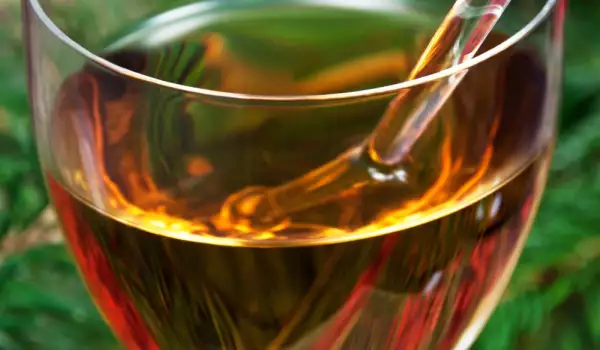
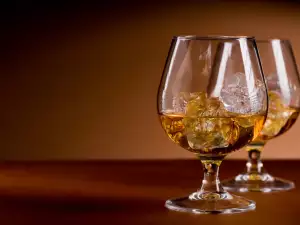

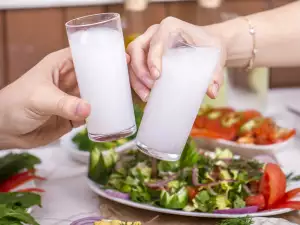

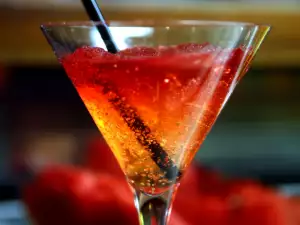

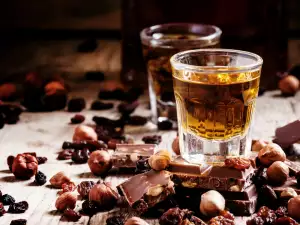

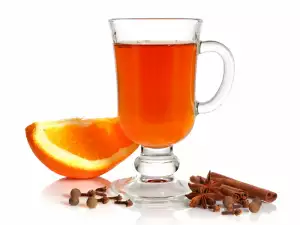
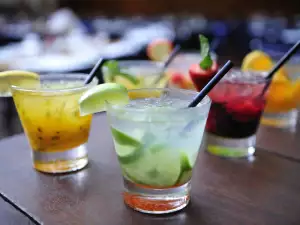
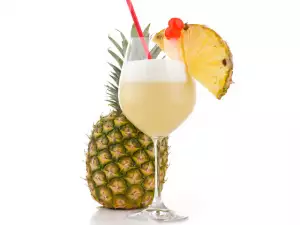
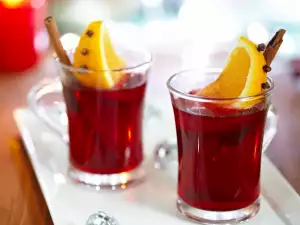






Comments